Mew Way Sidewalk Proposal
Mew Way Sidewalk Proposal
1. Background
The major route of travel along Monwabisi Park is Mew Way. In addition, anyone traveling to another part of Cape Town will have to travel to or across Mew Way. This results in the heaviest pedestrian traffic concentrated along the sides of Mew Way. On the Harare side a sidewalk exists, although none of the houses face the street and there is a wall along much of its length. The Monwabisi side of the street, that generates the majority of pedestrian traffic, does not have a sidewalk. As a result, pedestrians are often forced into the street by standing water or shacks. In addition to those who must travel, many businesses are built along Mew Way and can benefit from improved pedestrian travel.
1.1 General Information
Mew Way is the most heavily traveled road for citizens of Monwabisi Park, both by foot and by car. Since so many businesses are situated along Mew Way, this area along the road is a common gathering place and is the most efficient way for most people to reach these businesses. In addition, many times children can be found playing along the side of the street and in the street itself. Unfortunately, traffic laws are not heavily enforced, creating an extremely dangerous environment.
There is a sidewalk along the Harare side of Mew Way, but not along Monwabisi Park. Despite this, the sidewalk is underutilized as most of the Monwabisi Park residents prefer to stay one side of the road when traveling up or down the park, and with good reason. It would be much more dangerous and inefficient to cross the road twice in order to get to a final destination.
1.2 Related Information
The VPUU has created a pedestrian crossing proposal for the creation of 2 roundabouts and 1 signaled pedestrian crossing across from the Luleka school in Harare as shown in Figure 1.
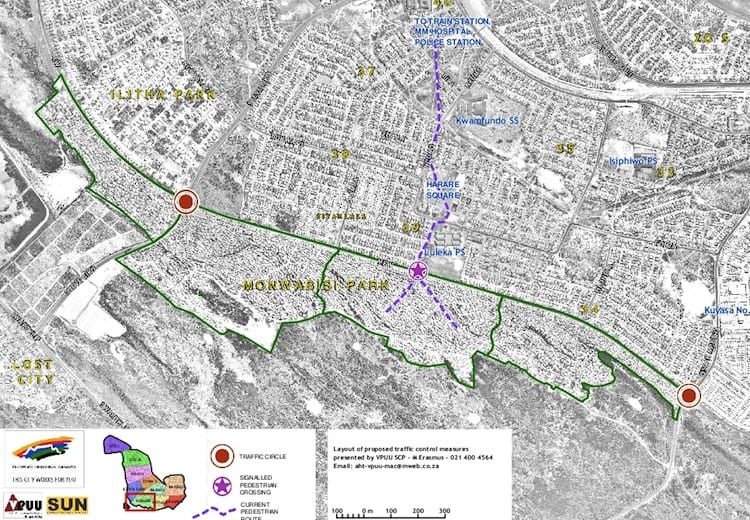
Figure 1: VPUU crosswalk and traffic circle proposal
This pedestrian crossing plan would greatly benefit from the existence of a sidewalk along Monwabisi Park. This sidewalk would encourage safe pedestrian travel and also improve access to businesses along Mew Way. Also, from a practical standpoint, the sidewalk will provide a physical endpoint for the pedestrian crossing instead of the crosswalk ending into a dirt path.
2. Implementation
There are some important factors that need to be considered when determining the development of a sidewalk along Mew Way. There are a few constraining factors that need to be dealt with concerning the placement, design, and physical implementation of the sidewalk.
2.1 Location & Placement
Luckily, the vast majority of Mew Way along the length of Monwabisi Park has space for an adequate sidewalk. Right now it consists of an informal dirt path that is prone to flooding during heavy rains, as shown in Figure 2. Adding a sidewalk will effectively channel water away from the walking area and into the road where it will reach the Mew Way drainage system instead of stagnating in the sand.
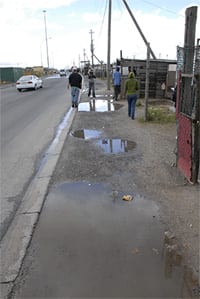
Figure 2: Existing dirt path used as a sidewalk
Figure 2 also shows an example of what the majority of the spacing along Mew Way and Monwabisi Park is like. There are a few places where shacks, businesses and telephone poles extend closer to the road than the majority of the structures. In these cases, the consent of the shack owner will be required before laying down the sidewalk. The ideal solution would be to move the shack back just enough to allow room for a uniform width sidewalk. If this proves to be impossible, then the 2nd solution would be to vary the width of the sidewalk to go around shacks. This unfortunately will cause issues later in the redevelopment process when houses are built. Therefore, the first solution is preferred.
The extent of the sidewalk is shown in Figure 3.

Figure 3: Proposed sidewalk extents
2.2 Sidewalk Design
There are some important factors that make the Monwabisi Park side of Mew Way unique from the Harare side. First off, Monwabisi Park is host to many businesses along Mew Way whereas Harare has significantly fewer along Mew Way. Secondly, many people who live or own a business along Mew Way also own a car. These people either park their car in a garage/lot next to their shack, or they park their car on the existing dirt path or in the street in front of their shack. Thirdly, many major dirt roads that lead into Monwabisi Park are accessed via Mew Way. Since Mew Way and the dirt paths are flush, anyone with a car can easily pull off of Mew Way onto the dirt path and continue on their way. The design of the curb and sidewalk needs to take this into consideration. In either case, these facts bring up some important design issues.
In order to accommodate all of the previously mentioned constraints, a curb and sidewalk design different from that of Harare must be considered. The sidewalk along Harare is a standard rectangular curb with a flat, non-sloping surface as shown in Figure 4. This design would cause issues with car owners if implemented along the entire side of Monwabisi Park along Mew Way because the 90 degree curb is difficult to drive over and does not easily allow people to drive their cars up to shops for parking. On the other hand, this design improves pedestrian safety by preventing cars traveling at relatively high speeds from running over the curb onto the sidewalk.

Figure 4: Harare Sidewalk Design
Currently, the cross section of the walking area along Monwabisi Park is not conducive to managing rain water as shown in Figure 5. The water drains off the road as it should, but much of it continues into the walking surface and even further. This encourages people to leave the path and walk in the road increasing the risk of accidents. In addition, it increases standing water in the park, an unsanitary condition.

Figure 5: Monwabisi Park Current Walking Area Contour
This current contour creates a bad starting point for development of a sidewalk, so the final design will require a decent amount of layering and filling. The contour also explains why so many puddles form along Monwabisi Park. In order to cope with this problem, the contour in Figure 6 is suggested.
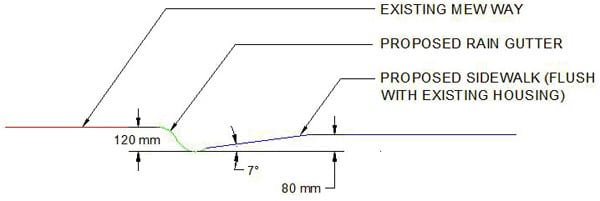
Figure 6: Monwabisi Park Proposed Sidewalk Design
As Figure 6 shows, Mew Way will be elevated slightly above the sidewalk but the drainage system is still able to effectively channel water away from the pedestrian walking area. By having part of the walking area on a gradual slope, most of the rain water will flow directly into the gutter. This design provides a more gradual curb which makes it much easier for vehicles to drive over. At the same time, this curb still provides adequate water channeling in order to move storm-water to the appropriate street drains and effectively prevent flooding. The gradation cannot be too steep or else the sidewalk will be uncomfortable to walk on.
There are some areas along the sidewalk that will differ in order to accommodate certain situations. The entrance to the Indlovu Project, along with other designed major entrances, will have a more gradual, consistent slope in order to designate it as a vehicular route and make it easier for vehicles to drive over. The approximate contour of this section of the sidewalk is in Figure 7.

Figure 7: Monwabisi Park Sidewalk Design (Road Entrance)
The contour still has the noticeable dip in order to avoid compromising the drainage system the curb provides. This section only needs to be as wide as the road entrance it leads to.
The second variation to the sidewalk contour will occur where the proposed crosswalk is located. In order to prevent cars from parking in front of the sidewalk and on top of the crosswalk, the contour should look similar to the Harare sidewalk contour. In other words, it should have a 90 degree front as shown in Figure 8.

Figure 8: Monwabisi Park Sidewalk Design (Along Crosswalk)
Figures 9 and 10 show the area along C and B Section where the curb and sidewalk will differ. The blue line represents the original proposed curb, which stretches the majority of the length of the park. The red area represents where the proposed crosswalk will be implemented due to the location of Luleka School. This section will have a square curb, resembling that of Harare. The yellow patches represent areas where a ramped curb will be required. These yellow lines are in locations where there is a potential entrance to the park, and therefore they require easy vehicle access.
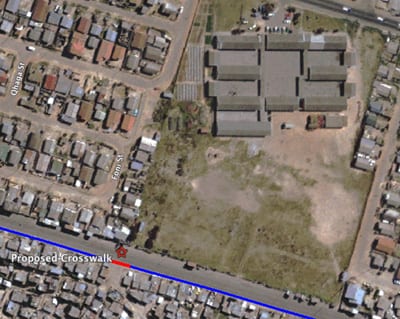
Figure 9: Location of proposed crosswalk
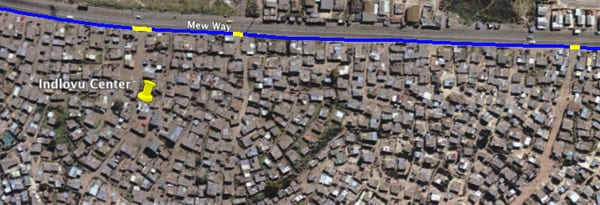
Figure 10: Locations of road entrances
Implementing a sidewalk in front of the shacks along Mew Way will unfortunately create a small step for shack owners to climb when accessing the sidewalk due to its elevated state. However, this height difference will be easily manageable, so this should not be an issue. Instead, the main issue is how to prevent trapping of water between the sidewalk and the shacks that exist along its length. The best solution seems to be to lower the height of the sidewalk so that it is mostly flush with the ground, and thus shorten the curb. Figure 6 shows how this could be done. The sidewalk now starts 12 centimeters below Mew Way, where it increases at a 7 degree angle for 0.5 meters until it is only 8 centimeters below Mew Way. It then flattens out for another meter to become level with the existing surface. Unfortunately, this reduces the safety of the sidewalk because it is even easier for cars to jump over the curb. A possible solution to this is discussed later in this proposal. According to the U.S. Department of Transportation, a minimum width of 1.525 meters is recommended for the pedestrian zone of a sidewalk. Due to the nature of the varying shack locations, this should be possible in most locations but not all. If the shack cannot be relocated, then there are some areas where the sidewalk width could drop below 1.5 meters.
2.3 Sidewalk Materials
Ideally, the sidewalk will be constructed with a long-lasting and durable material that will be relatively cheap. Black top is the standard surface used in many places around Cape Town, although there are other alternatives to explore. Other surfaces used often in Cape Town include concrete and brick. One recommended alternative would be to use sub-base as the primary material. There are a few ways in which this could be accomplished. The following details were provided by Peter Inglis.
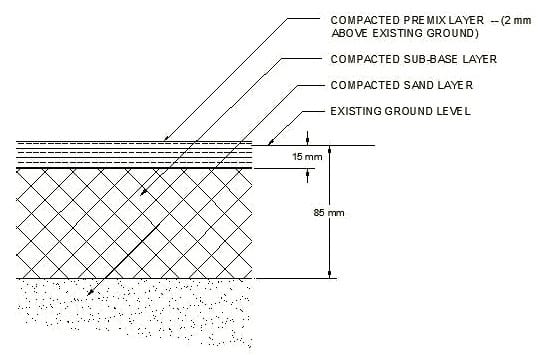
Figure 11: Possible sidewalk cross-section
One option would be to compact the sand layer to -85mm and make sure that it is carefully screeded so that the levels are exact. Any major variation in levels will cause a large variation in the sidewalk surface after completion. Compact the sub-base layer to a level of -15mm, then compact the premix layer to a level of +2mm. The benefit to this method is that the premix layer can be placed at practically any time after the sub-base is laid in case a delay is required. A detailed cross-section is shown in Figure 11.
Another option would be to compact the sand layer to -85mm as in the first option, then compact the sub-base layer to a level of 0mm.
One final option would be to level the uncompacted sand layer to -40mm. Then place 60mm of uncompacted sub-base on top of the sand layer, mix it with a rotavator, and then compact the entire layer. Since sub-base has a fairly high clay content and the addition of some sand greatly improves its strength. Optionally, this surface can be covered with a slurry to strengthen it even further as shown in Figure 12.
Following recommendations to make this surface as strong as possible, it seems that the last alternative would be the best choice. It will provide a solid, long-lasting surface and will effectively channel storm-water into the curb.
2.4 Improving Pedestrian Safety
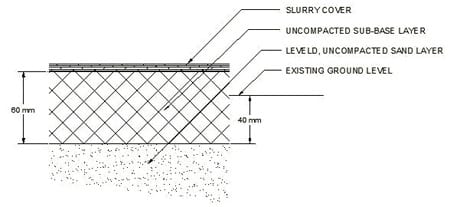
Figure 12: Another possible sidewalk cross-section
As mentioned previously, the height of the curb will have to be compromised in order to avoid storm-water management issues. In return, this poses a problem for pedestrian safety. One possible solution would be to install metal poles along the outside edge of the sidewalk. The distance between the poles will be substantial enough to allow vehicles to park along the sidewalk, while still protecting pedestrians. In addition, it will cause drivers to slow down when driving close to the sidewalk or when pulling over the sidewalk in order to avoid hitting the poles.
The vast majority of cars that park along Mew Way are medium to small sized cars. Because of this, pole spacing of approximately 5 meters would seem appropriate. The cars could still easily pass through the poles or park between them, but could not do so at high speeds. In order to further improve pedestrian safety, the spacing between the poles should decrease around the proposed signaled crosswalk in order to try and contain pedestrian traffic within the crosswalk and also prevent cars from parking on the crosswalk.
Unfortunately there is a complication that arises when installing poles such as these along the roadway. In the event of an accident, the poles could become dangerous projectiles, greatly reducing the safety of anyone near the road. Professional opinion given by Sean Glass recommends that poles are generally not used along roads like these because of the projectile issue. It is an option that will require a lot of consideration.
3. Conclusion
Implementing a sidewalk will be a successful step forward in the redevelopment process. It will increase pedestrian safety along Mew Way and provide better means of transportation. Its varying contour will account for various special situations that occur along Mew Way such as road entrances, businesses, and the proposed crosswalk. The materials suggested will provide a long-lasting surface that will withstand heavy use by the residents of Monwabisi Park.


